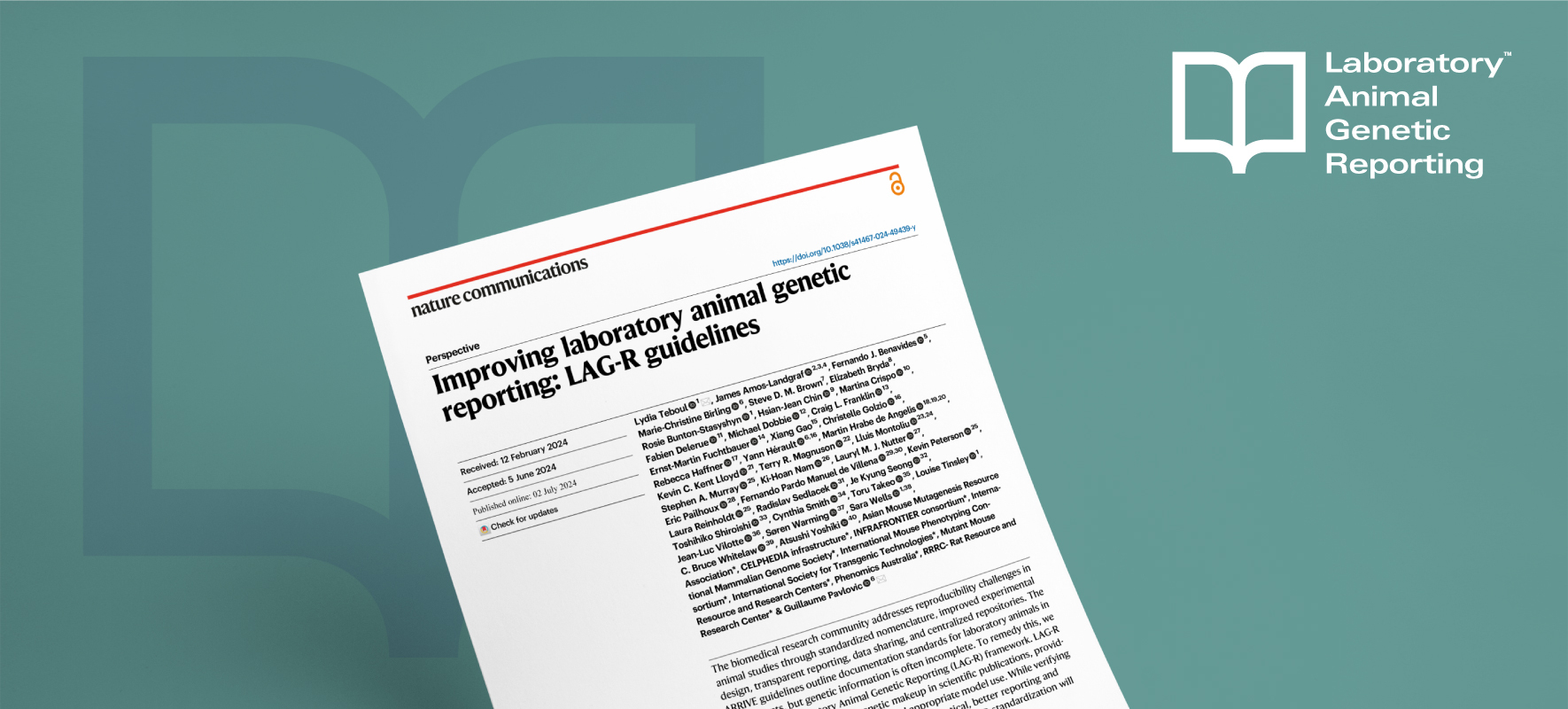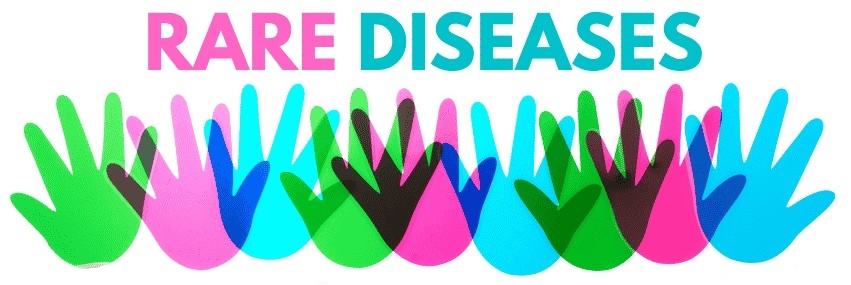Old age affects our circadian clocks, disturbing our sleep at night and increasing how often we nap during the day. Investigating these parameters in mice could reveal the part played by genetics.
Sleep in old age mimicked in mice Old age affects our circadian clocks, disturbing our sleep at night and increasing the frequency of daytime naps. Investigating these parameters in mice could reveal the part played by genetics. Why do elderly people need more naps? Credit: Deutsche Fotothek. It’s well known that old people have a tendency to drop off in their armchair and stir during the night, but exactly why this happens is still somewhat puzzling. And because we are now living so much longer than previous generations, it’s in all our interests to discover what is really going on. One way in which we can investigate it is to use the mouse, specifically strains that are tested over their lifetime to monitor the ageing process. Pat Nolan has led research, published in Neurobiology of Aging, which compared how the sleep patterns of four inbred mouse strains change as they age, and identified how these can model sleep in human ageing. The mammalian circadian clock will continue to maintain a sleep-wake cycle in the absence of any cues, but it is only really useful when it is ‘entrained’ to work in response to light. While daylight is the trigger for us to wake up, mice are nocturnal, so it instead results in them falling asleep. Despite this, in all other respects the sleep pattern of mice closely resembles that of humans, making them an excellent model to study the effect of ageing on this system. To assess the circadian system in the mouse strains, the researchers used a variety of methods. They tested the visual health of the mice by placing them in enclosure surrounded by computer monitors and measuring how well they could track a pattern that rotated around them. They also tested for cataracts and the ability of the pupil to constrict in response to light. Alongside this, they used a novel 24 hour video tracking system to measure when the mice were awake or asleep, in a normal day/night cycle. Finally, they monitored the animals’ activity on running wheels, firstly in a day/night cycle and then in constant darkness, to track their circadian rhythms. This was done at five different stages of their life, and the results were used to determine what happened to their circadian system as they got older. As all of the mouse strains aged, their sleep became more fragmented and they woke more often. In addition, two of the strains had more naps during the night (their day). One strain in particular, C57BL/6J, was found to provide the best model of human ageing, as its eyesight gradually got worse and it developed cataracts, just like people. This strain could therefore be used to study exactly what happens to alter our circadian system as we age, and potentially develop a way to alleviate the more disruptive aspects, allowing people to make the most of their golden years.



